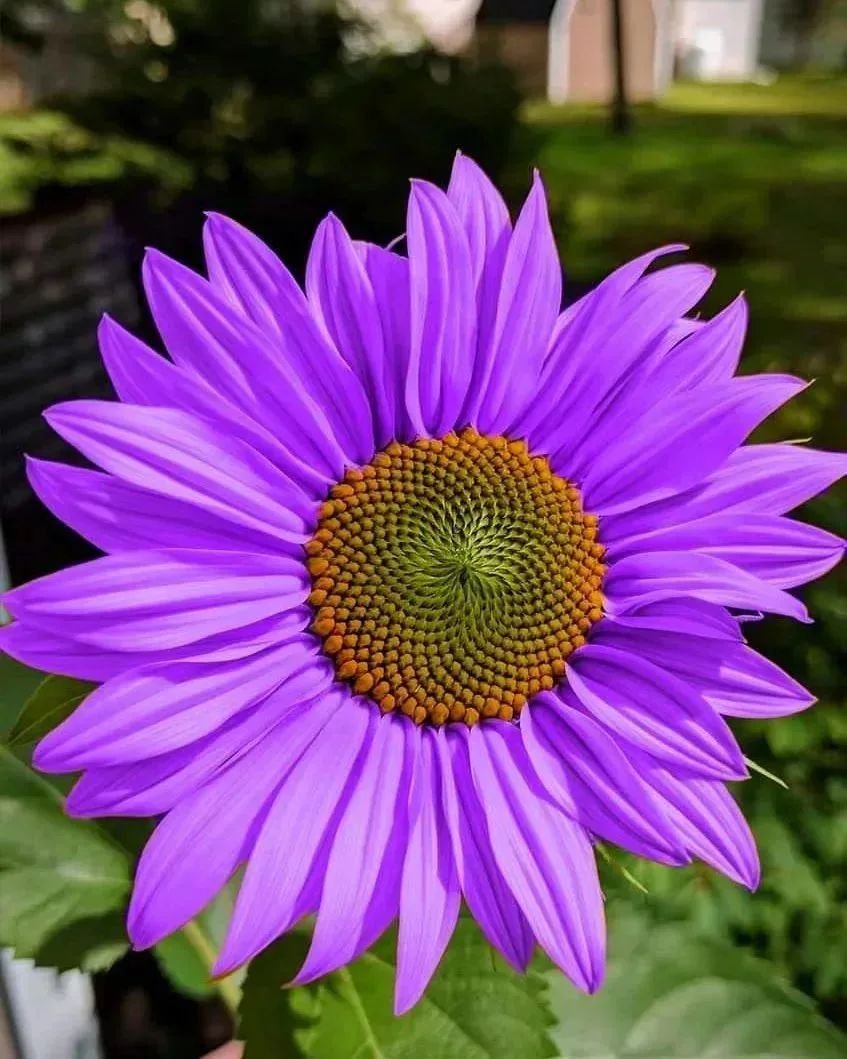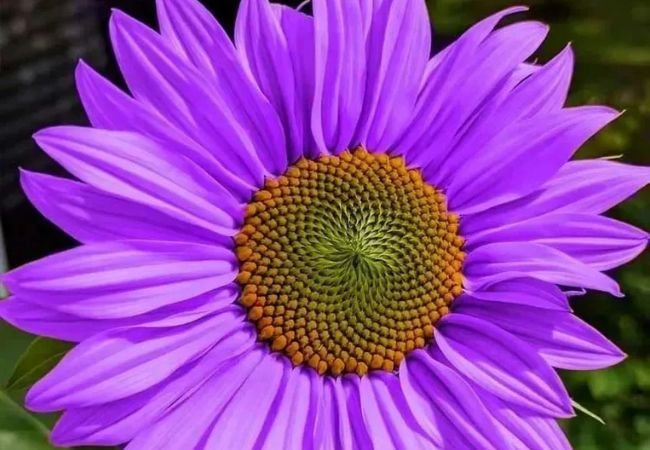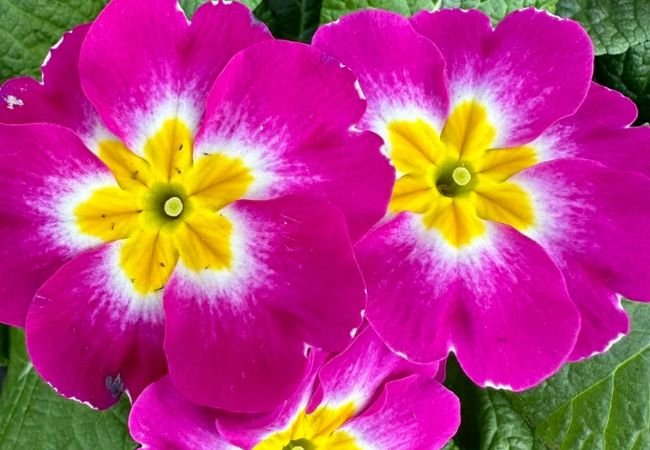Learn how to grow and care for purple sunflowers, a rare and eye-catching variety. Discover planting tips and ways to enjoy these unique blooms in your garden.
Purple sunflowers are a stunning and unusual variety of the beloved sunflower family. These eye-catching blooms bring a unique twist to gardens and floral arrangements. In this guide, we’ll explore everything you need to know about growing and caring for these rare beauties.
Here is a chart with detailed information on Purple Sunflowers:
| Category | Information |
|---|---|
| Botanical Name | Helianthus annuus (Purple Varieties) |
| Common Name | Purple Sunflower |
| Plant Type | Annual |
| Hardiness Zone | 2-11 |
| Sun Exposure | Full Sun |
| Soil Type | Well-drained, Loamy or Sandy |
| Watering | Moderate, Drought Tolerant Once Established |
| Growth Habit | Upright, Tall |
| Height/Spread | 3-10 feet tall / 1-3 feet wide |
| Special Features | Unique Purple-Tinted Petals, Large Blooms, Attracts Pollinators, Drought Tolerant, Excellent Cut Flowers |
What Are Purple Sunflowers?

Purple sunflowers aren’t actually purple in the truest sense.
They come in shades of:
- Deep burgundy
- Rich plum
- Dark red with purple undertones
These colors are often described as “purple” due to their striking, deep hues.
Some popular varieties include:
- Chianti Hybrid
- Chocolate Cherry
- Moulin Rouge
- Ruby Eclipse
While not as common as their yellow counterparts, purple sunflowers are gaining popularity among gardeners and flower enthusiasts.
Benefits of Growing Purple Sunflowers
Purple sunflowers offer several advantages:
- Unique garden focal point
- Excellent cut flowers
- Attract pollinators like bees and butterflies
- Edible seeds (in most varieties)
- Potential health benefits due to high antioxidant content
How to Grow Purple Sunflowers
Growing purple sunflowers is similar to growing traditional sunflowers.
Here’s a step-by-step guide:
1. Choosing the Right Location
Purple sunflowers need:
- Full sun (6-8 hours of direct sunlight daily)
- Well-draining soil
- Protection from strong winds
2. Preparing the Soil
- Test your soil pH – aim for 6.0 to 7.5
- Add compost or well-rotted manure to improve soil quality
- Ensure good drainage to prevent root rot
3. Planting
- Plant seeds directly in the garden after the last frost date
- Sow seeds 1 inch deep and 6 inches apart
- Thin seedlings to 1-2 feet apart when they reach 6 inches tall
4. Watering
- Water deeply but infrequently to encourage deep root growth
- Provide about 1 inch of water per week
- Increase watering during dry spells or extreme heat
5. Fertilizing
- Apply a balanced, slow-release fertilizer at planting time
- Avoid high-nitrogen fertilizers, which can reduce flowering
- Side-dress with compost mid-season for an extra boost
6. Supporting Your Sunflowers
Some purple sunflower varieties can grow quite tall.
To support them:
- Use stakes or bamboo poles
- Tie stems loosely to supports with soft twine
- Place supports when plants are young to avoid root damage
Common Challenges and Solutions
While purple sunflowers are generally hardy,
they can face some issues:
1. Pests
Common pests include:
- Aphids
- Sunflower moths
- Birds (eating seeds)
Solutions:
- Use insecticidal soap for aphids
- Remove infected parts for sunflower moths
- Cover developing seed heads with mesh bags to deter birds
2. Diseases
Watch out for:
- Powdery mildew
- Verticillium wilt
- Rust
Solutions:
- Ensure good air circulation
- Avoid overhead watering
- Remove and destroy infected plants
3. Discoloration
Sometimes, purple sunflowers may not develop their deep color.
This can be due to:
- Inadequate sunlight
- Nutrient deficiencies
- Genetic variations
To promote rich color:
- Ensure plants receive full sun
- Provide balanced nutrition
- Choose reliable seed sources
Harvesting and Using Purple Sunflowers
Purple sunflowers have many uses:
1. Cut Flowers
- Cut stems early in the morning
- Place immediately in water
- Change water daily and trim stems for longer vase life
2. Seed Harvesting
- Wait until the back of the flower head turns brown
- Cut the head off with about 12 inches of stem attached
- Hang upside down in a dry, well-ventilated area
- Rub the seeds out when fully dry
3. Culinary Uses
Many purple sunflower seeds are edible and can be:
- Roasted for snacks
- Added to salads
- Used in baking
Always ensure your variety is safe for consumption before eating.
Companion Planting with Purple Sunflowers
Purple sunflowers pair well with many plants:
- Zinnias
- Cosmos
- Marigolds
- Lavender
- Ornamental grasses
These companions can enhance the beauty of your purple sunflowers and create a vibrant garden display.
Purple sunflowers offer a unique and striking addition to any garden. With their deep, rich hues and impressive height, they’re sure to be a conversation starter. By following the tips in this guide, you can successfully grow these beautiful blooms and enjoy their splendor throughout the season.
Remember, gardening is a journey of discovery. Don’t be afraid to experiment with different purple sunflower varieties to find the ones that work best in your garden. With a little patience and care, you’ll soon be enjoying the stunning sight of these rare and beautiful flowers.
Happy gardening, and may your garden be filled with the unique beauty of purple sunflowers!
For more gardening tips and plant care guides, visit usagardenhub.com.







One comment on “Purple Sunflowers : Growing These Unique and Striking Blooms”